Lenovo's Legion Go 2 hands-on: This prototype already feels like a worthy successor to the original
Zen 5 and an OLED display makes for a powerful upgrade
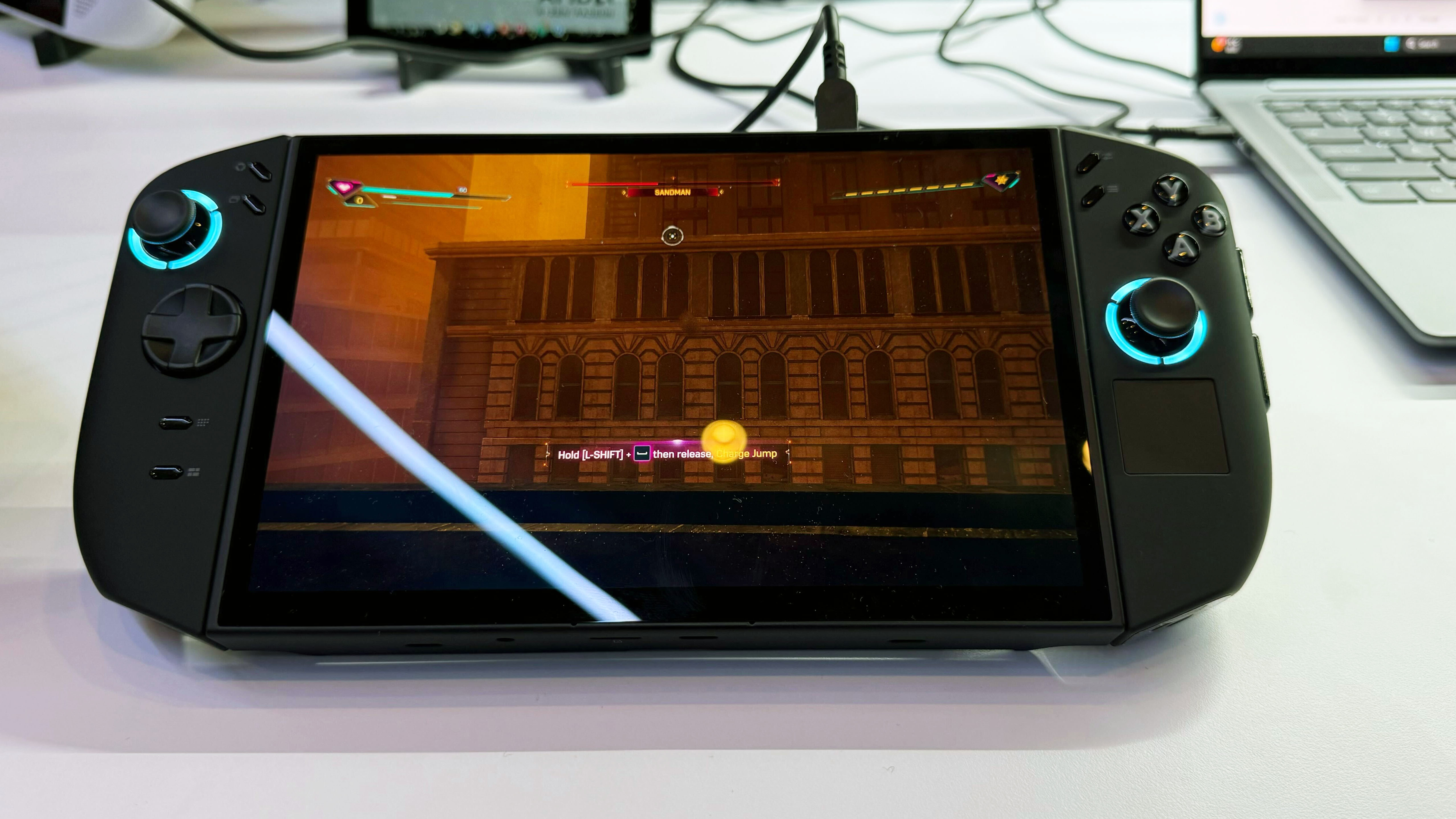
Lenovo announced the Legion Go 2 at CES 2025 in Las Vegas on January 7.
The original Lenovo Legion Go was released in the Fall of 2023, so we expected a refresh of the Lenovo gaming handheld, especially considering AMD announced new Ryzen Z-series processors. The Legion Go 2 remains a prototype, but Lenovo plans to make the second-generation handheld available worldwide later this year.
So, will the Legion Go 2 be worth waiting for, or should you opt for the Legion Go S instead?
Lenovo Legion Go 2: Specs
| Price: | TBD |
| CPU: | AMD Ryzen Z2 Extreme |
| GPU: | AMD Radeon 780M |
| RAM: | Up to 32GB |
| Storage: | Up to 1TB |
| Display: | 8.8-inch, 144Hz (1920 x 1200) OLED |
| Battery: | 74Whr (watt-hour) |
| Size: | 11.64 x 5.38 x 1.66 inches |
| Weight: | 2.1 pounds |
Lenovo Legion Go 2: Pricing and availability
Since the Legion Go 2 is still a prototype, Lenovo hasn't announced pricing or availability. However, the handheld is expected to ship worldwide later in 2025.
While Lenovo was only showcasing the Legion Go 2 in a prototype state with the display powered off, the handheld was playable at the AMD booth at CES and felt pretty polished already. So, we could see the Legion Go 2 as early as the spring or summer of 2025.
Lenovo Legion Go 2: Design
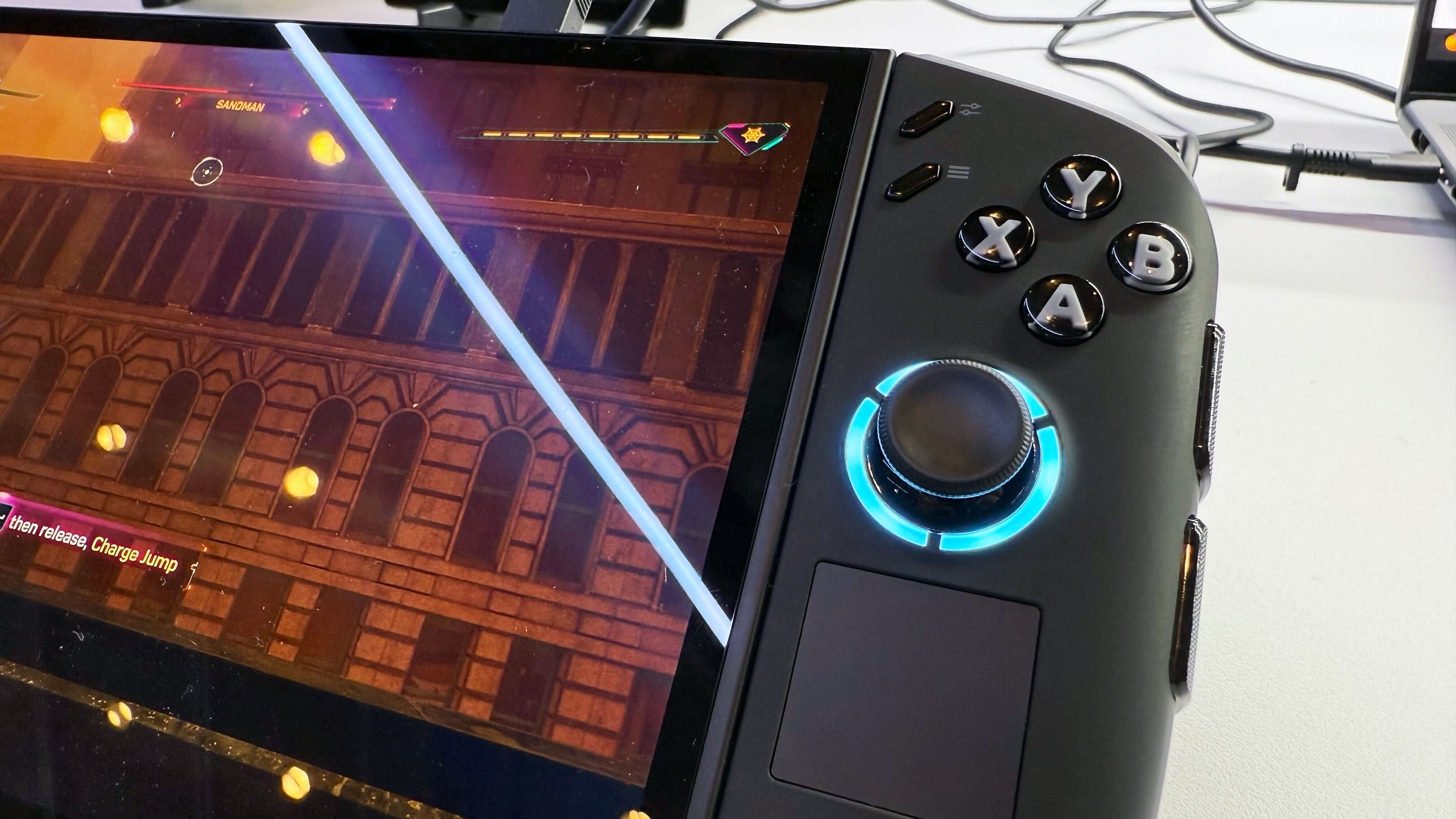
Lenovo has rounded out the Legion Go for the second iteration, offering better ergonomics on the hand grips and more rounded edges for the bumpers and triggers. There are also two control buttons on the right and left controllers, giving easier access to various quick control settings without running into controller mapping issues with the standard "share" and "menu" buttons on most modern gamepads.
The Legion Go 2 keeps the same Eclipse Black colorway that we see on much of Lenovo's Legion lineup. This is your standard gamer black choice, but it does look pretty good on a gaming handheld. It helps the display bezels meld into the rest of the handheld for a smoother overall look.
Stay in the know with Laptop Mag
Get our in-depth reviews, helpful tips, great deals, and the biggest news stories delivered to your inbox.
Additionally, Lenovo kept the detachable controllers on the Legion Go 2. Thus, you can use the kickstand to set up the main body of the handheld as a monitor, use the controllers separately, or utilize them as joysticks.
The Legion Go 2 is also smaller than the previous edition. The Legion Go 2 measures 11.64 x 5.38 x 1.66 inches, while the Legion Go measures 11.76 x 5.16 x 1.60 inches with the controllers attached. However, the Legion Go 2 is heavier than its predecessor. Lenovo rates the Legion Go 2 at 2.1 pounds, while the original Legion Go is 1.88 pounds.
The original Leigon Go was already on the heavier side for a gaming handheld, so over 2 pounds may be pushing it. Luckily, Lenovo kept the kickstand on the Legion Go 2 so you can take some of the weight of the handheld PC off your wrists.
Lenovo Legion Go 2: Ports
Lenovo has not confirmed a port array for the Legion Go 2, but based on our hands-on time with the prototype, the handheld currently has the following ports:
- 2x USB 4 Type-C ports
- 1x Audio Combo Jack
- 1x microSD card reader SD 3.0
This is a pretty standard port array for a handheld gaming PC. The original Legion Go was the first to offer two USB type-C ports, a design decision many other handheld manufacturers followed. So, seeing that trend continue with the Legion Go 2 is no surprise. The dual USB type-C ports allow you to charge the handheld while also connecting a USB-C accessory.
With that additional USB-C port, you can utilize a docking station or a USB hub to turn the Legion Go 2 into a workstation. But as far as handheld gaming goes, this port array should get you everything you need.
Of course, the port array is still officially TBD, so we could see some changes before the Legion Go 2 launches.
Lenovo Legion Go 2: Display
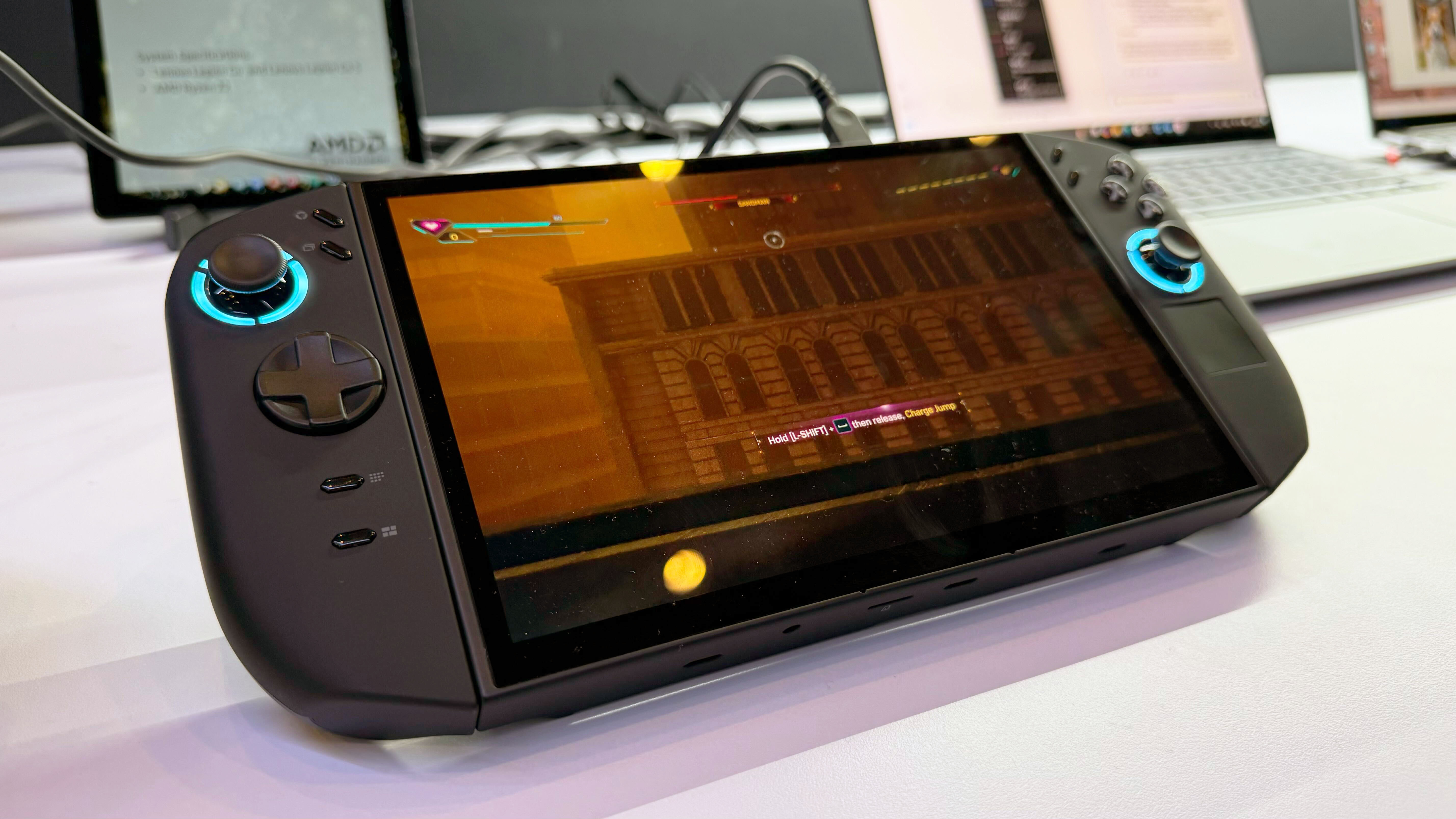
Lenovo did commit to putting an OLED display in the Legion Go 2, making it one of the few handheld gaming PCs to feature an OLED panel. The only other OLED options are the Steam Deck and the Nintendo Switch, so if you want an OLED Windows handheld, the Legion Go 2 is the way to go.
The 8.8-inch, 144Hz (1920 x 1200) OLED touchscreen is rated to 97% DCI-P3 coverage and 500 nits of brightness. These are Lenovo's claims, which we'll have to back up with our own lab testing once we get our hands on a production version of the Legion Go 2, but if Lenovo's claims are correct, this is a pretty high-end display panel for a gaming handheld.
From my brief demo time with the Legion Go 2 at the AMD booth, the OLED panel has great vibrancy and contrast with deep blacks. The display was bright enough to be seen even under harsh light bars, but because it is a glossy display panel it does suffer from a bit of glare. However, 500 nits of brightness is enough for most on-the-go gaming.
Lenovo Legion Go 2: Performance and heat
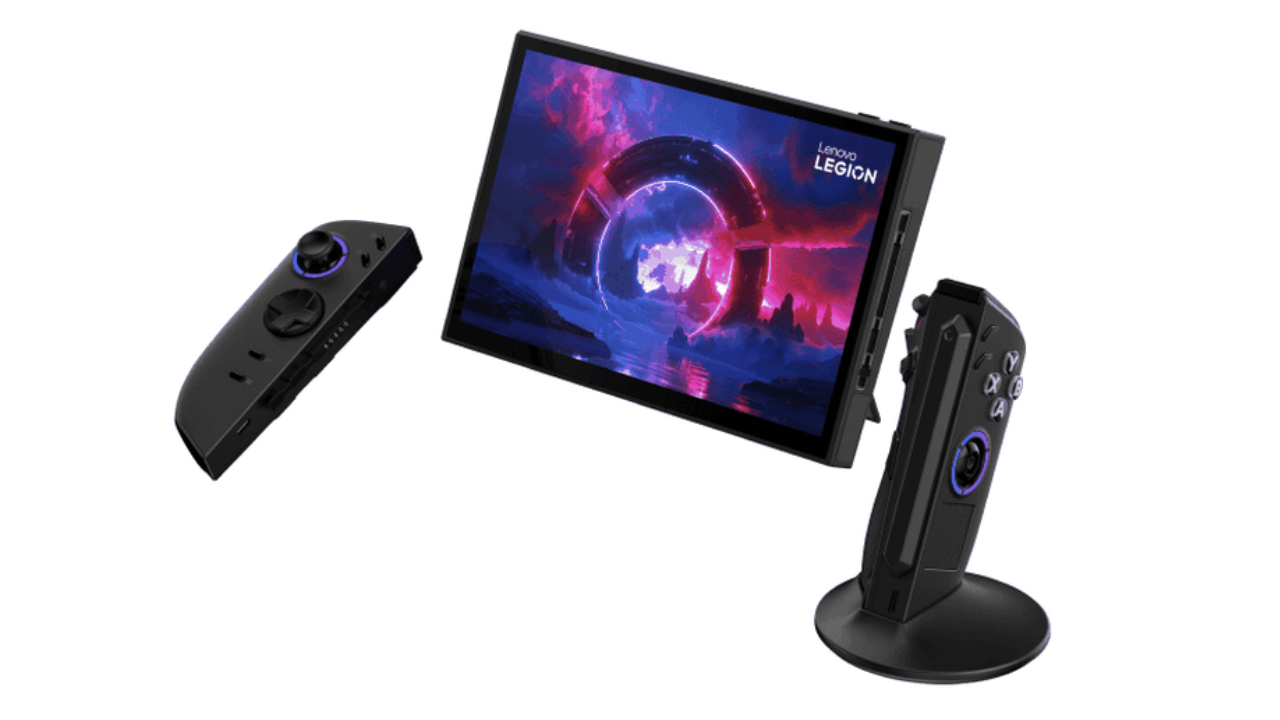
The Legion Go 2 will feature the new AMD Ryzen Z2 Extreme processor, built using AMD's new Zen 5 architecture with integrated Radeon 780M graphics with RDNA 4 graphics technology. The Legion Go will also offer up to 32GB of memory and up to 1TB of SSD storage onboard.
While we don't have any hard performance expectations for the Ryzen Z2 Extreme yet, Zen 5 is at the heart of AMD's Ryzen AI 300 "Strix Point" series. "Strix Point" has been a solid performer in terms of productivity and gaming performance. So, we can expect a high degree of multicore, multithread performance from the Z2 Extreme chipset based on its Zen 5 core architecture.
This also means the Lengion Go 2 could make a solid AI PC if you turn it into a workstation machine rather than a handheld gaming PC. Additionally, we do know that Ryzen AI 300 chips tend to run on the cooler side for CPUs, which means you're less likely to singe your fingertips while using the handheld during long gaming sessions.
Lenovo Legion Go 2: Gaming and graphics
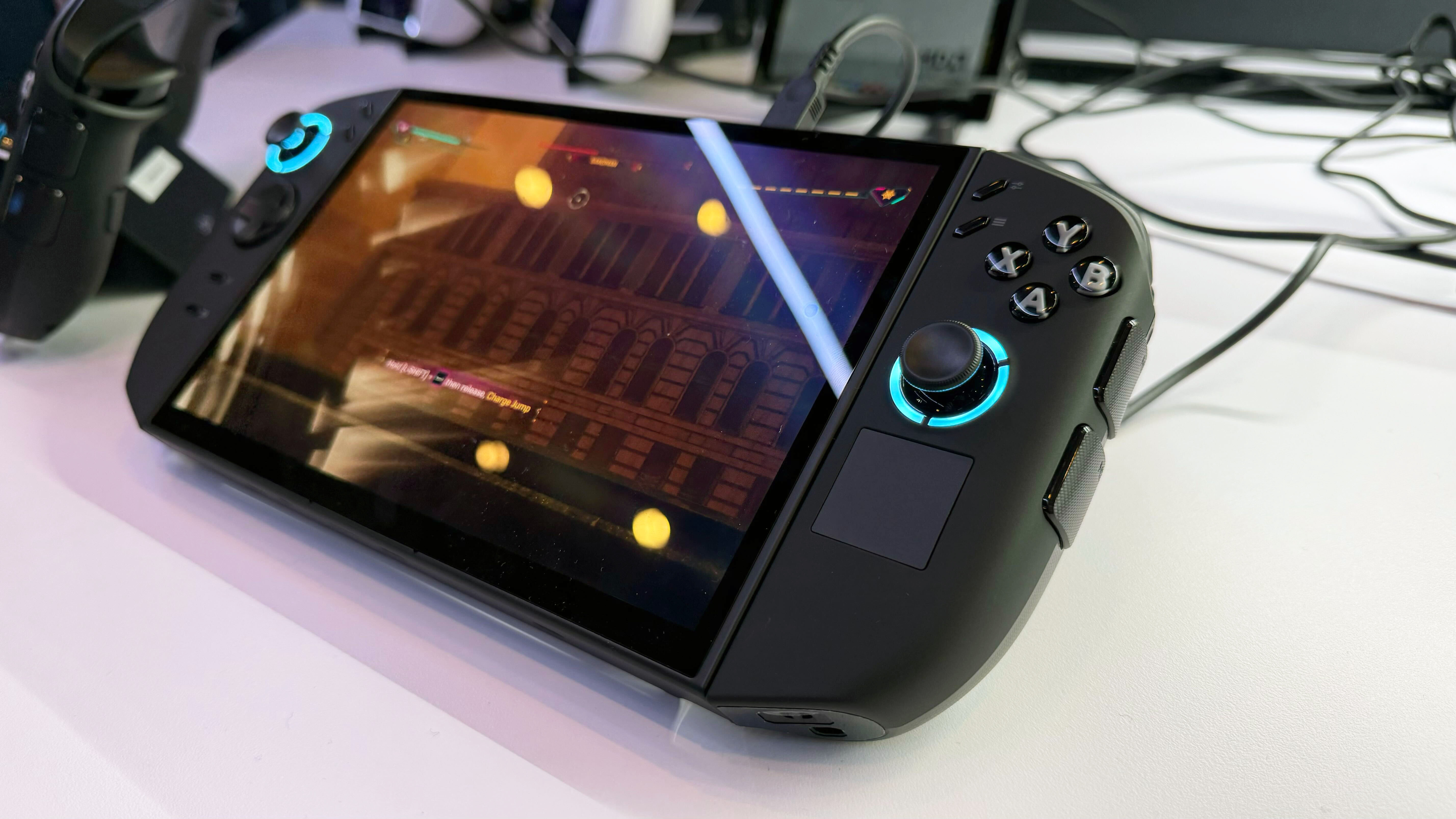
Lenovo's Legion Go 2 handheld houses an AMD Radeon 780M integrated graphics chip on its Z2 Extreme CPU.
We haven't seen a gaming handheld using the Z2 Extreme processor or its Radeon 780M integrated graphics chip, but we have tried gaming on an AMD Ryzen AI 300 laptop. Though the Z2 Extreme in the Lenovo Legion Go 2 has the same underlying CPU and GPU architecture as the Asus Zenbook S 16 (UM5606), they do feature different integrated graphics chips. The Zenbook S 16 houses a Radeon 890M series iGPU, while the Legion Go 2 houses a Radeon 780M iGPU. Because both integrated graphics tiles utilize AMD's RDNA 3.5 graphics architecture, we can expect similar gaming performance from the Legion Go 2.
While at CES, I did get a chance to play around in Marvel's Spider-Man 2 on the Legion Go 2. The demo was set to the tricky Sandman boss fight, and the gameplay was smooth and reactive, which is sorely needed for the action-adventure web-slinging video game. While I quickly realized I hadn't played enough of Spider-Man 2 to have a hope of beating Sandman, I was impressed by how well the Legion Go 2 handled the game.
We'll need to do more in-depth testing to make a determination of the Legion Go 2's gaming capabilities, but it did make a positive first impression.
Lenovo Legion Go 2: What's next?
Lenovo is still calling the Legion Go 2 a prototype, so things could still change from our initial impressions. However, things do look good for this second-gen handheld. Between the smooth graphics and powerful performance expected of the Ryzen Z2 Extreme, a slick OLED display, and better ergonomics the Legion GO 2 is a worthy successor to the original.
The only thing that worries me is the weight of this device, which is more than we've seen from other 8-inch handheld PCs. But we'd need some real dedicated time with the Legion Go 2 to say for sure if it's too heavy for a handheld PC.
More from Laptop Mag

A former lab gremlin for Tom's Guide, Laptop Mag, Tom's Hardware, and TechRadar; Madeline has escaped the labs to join Laptop Mag as a Staff Writer. With over a decade of experience writing about tech and gaming, she may actually know a thing or two. Sometimes. When she isn't writing about the latest laptops and AI software, Madeline likes to throw herself into the ocean as a PADI scuba diving instructor and underwater photography enthusiast.
